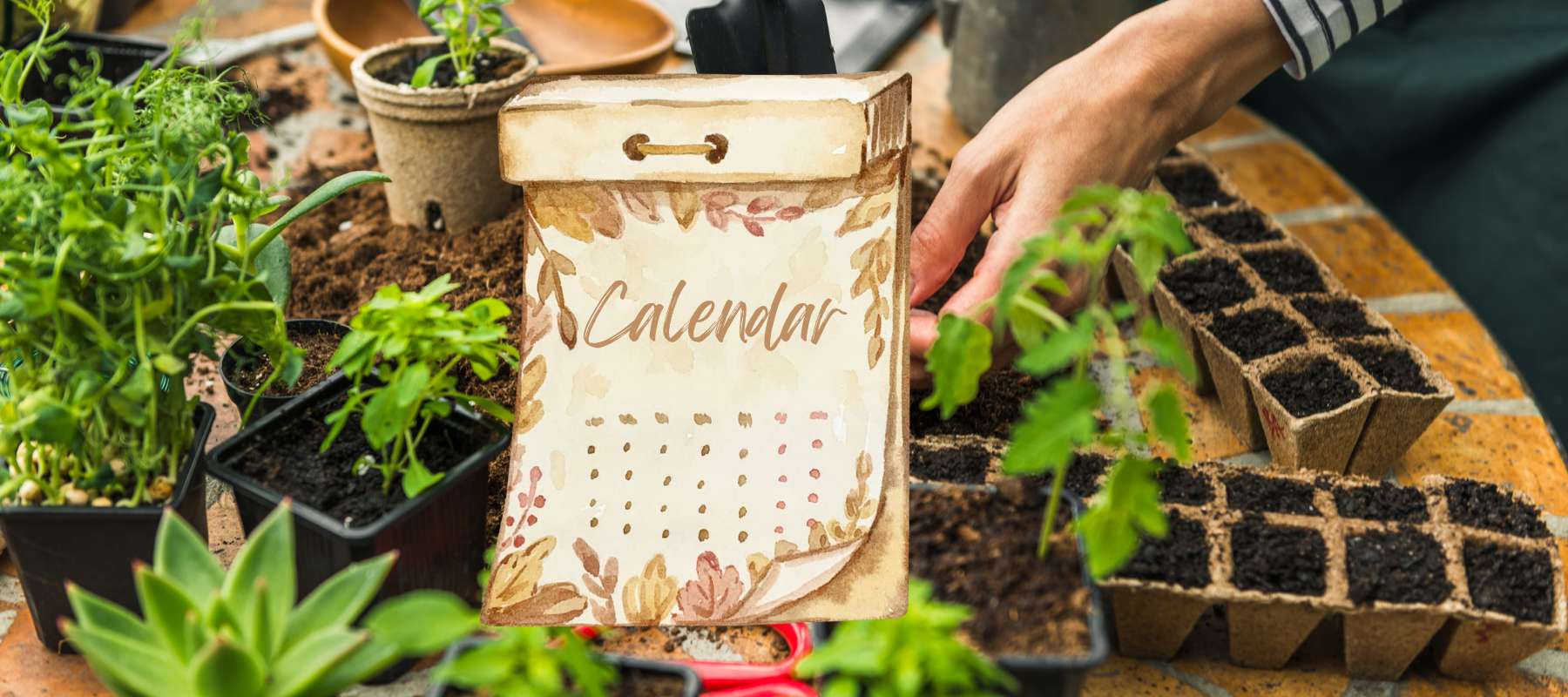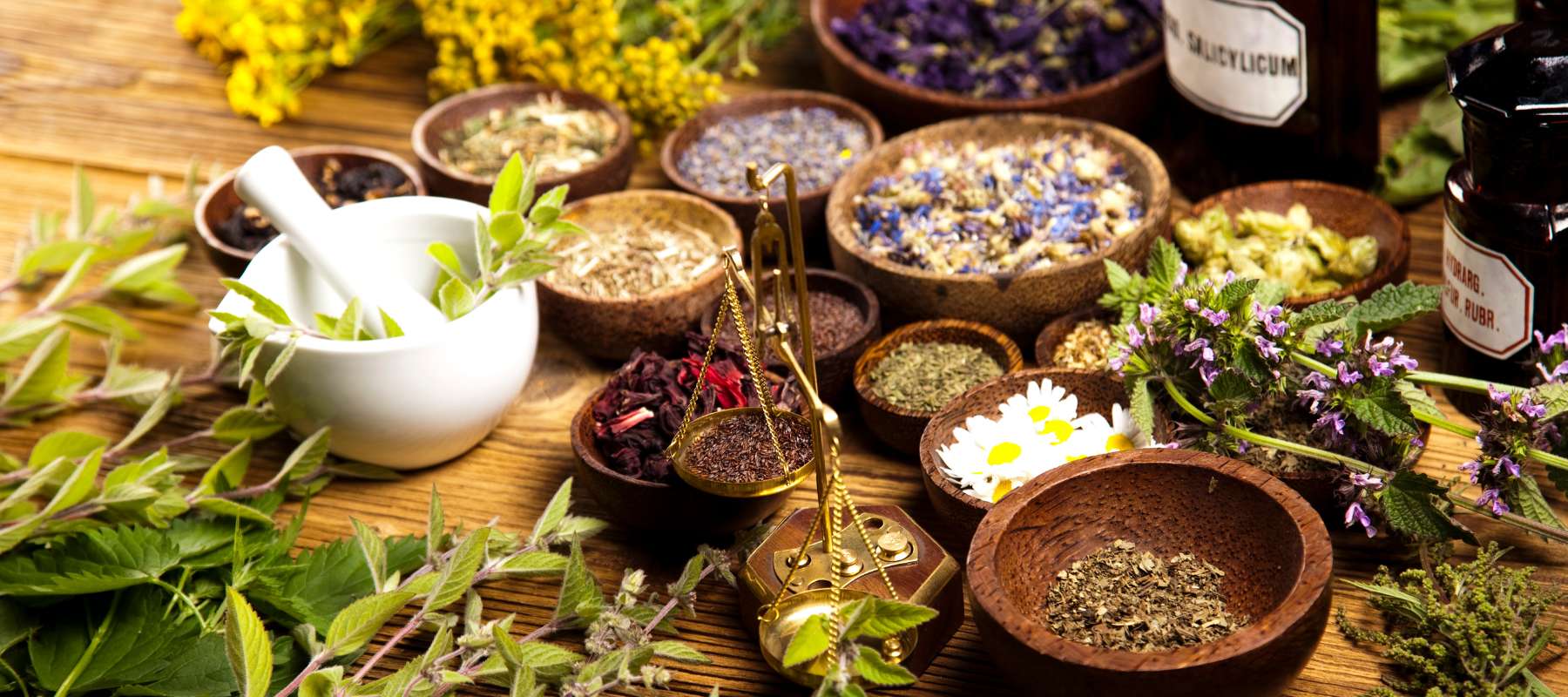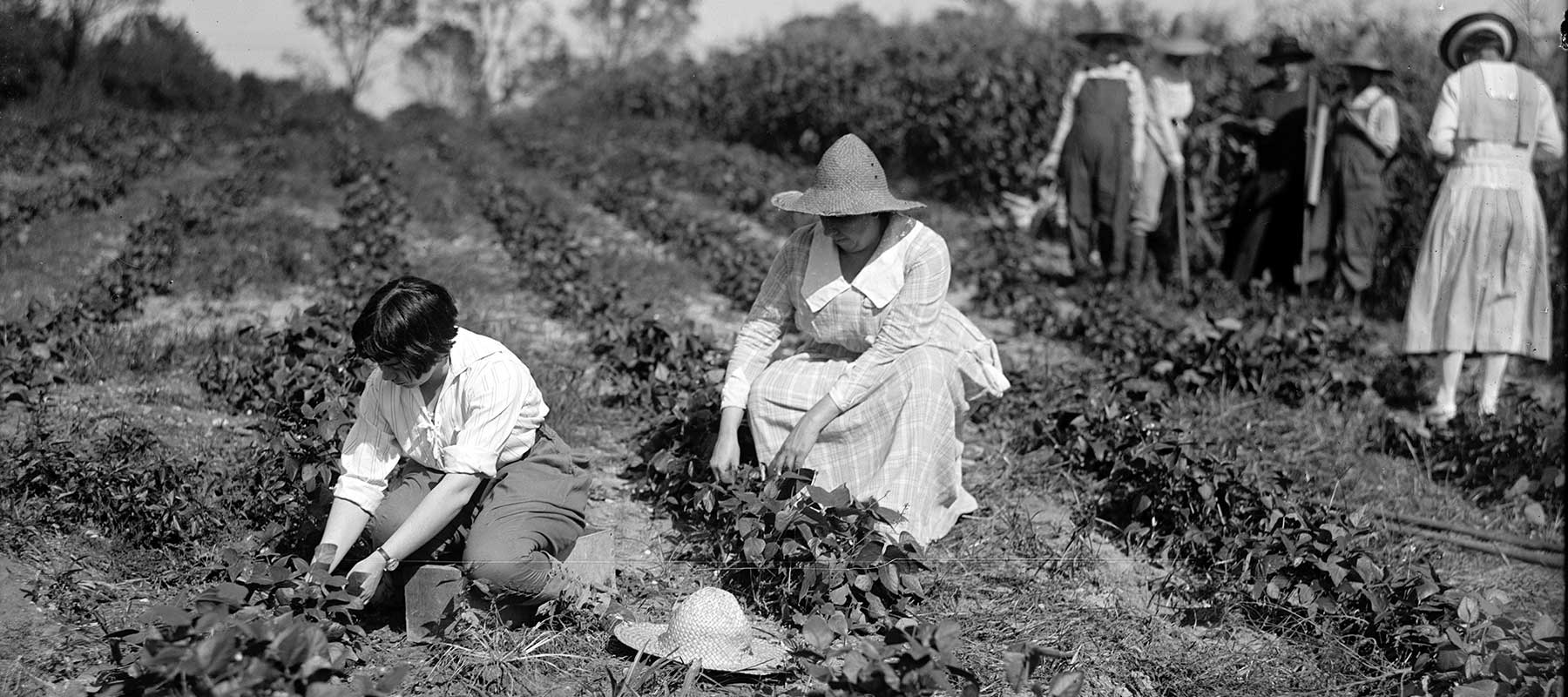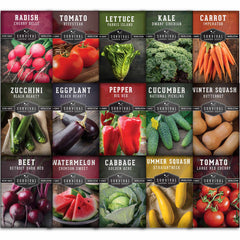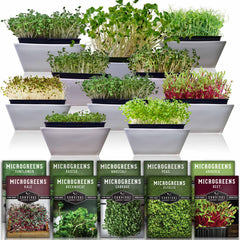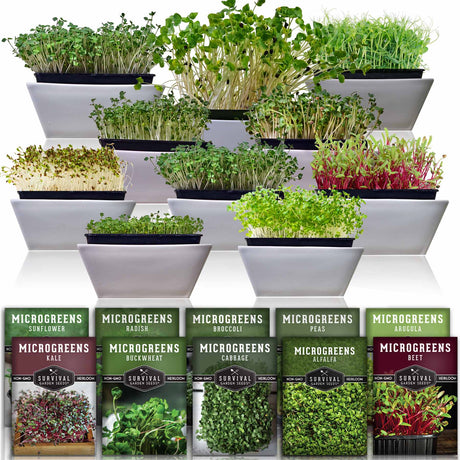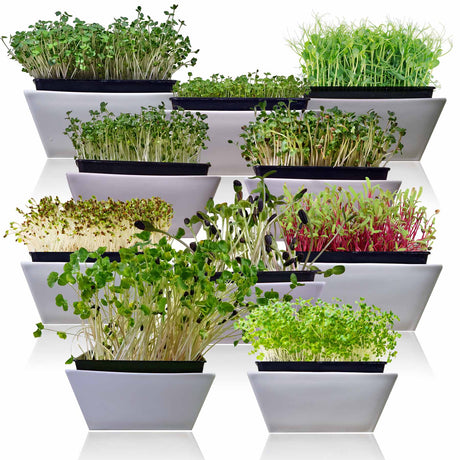It is June and for many gardeners, their hard work is starting to come to fruition. Young plants are sprouting up, starting to flower and produce fruit. June is also when we must become vigilant in spotting diseases and pests on our crops.
One of the most common garden pests is the aphid. Aphids are soft-bodied insects that feed on the sap of plants. There are over 4000 species of aphids, about 250 of which are pests to crops and ornamental plants. They come in a wide range of colors from green to black. They are attracted to the young, fast-growing plant parts that are rich in nitrogen.
Signs of an Aphid Infestation

Aphids are small and difficult to see, but there are some obvious signs to help you recognize if you have an aphid infestation.
- Yellowing and curling leaves - because aphids eat the sap from the plants, you may see leaves start to curl and turn yellow due to a lack of nutrients
- Black sooty mold - aphids excrete a sticky substance called honeydew that can accumulate on the stems and leaves of the plant. The honeydew is an ideal environment for the breeding of black sooty mold. While the mold is not generally lethal to the plant, it is a clear sign of an aphid infestation.
- Lots of ants - ants are nature’s natural protector of aphids. They love the sweet sticky honeydew, so if you see a lot of ants around your plants, chances are there may be aphids as well.
- Clumps of tiny insects - aphids tend to feed in groups, so if you see clumps of small bugs on the stems and undersides of the leaves of your crop, those are the aphids.
Generally, an aphid infestation will not kill your plant, however, it will make your plant weak and vulnerable to other diseases, so it is a good idea to do your best to be rid of them.
How to Prevent Aphids
One of the best ways to deal with aphids is to prevent them from showing up at all. There are a couple of easy ways to keep these bugs from your precious food crops. You can start with companion planting useful plants that naturally repel aphids adjacent to the plants you are trying to protect. Plants from the allium family such as onions, garlic, leeks, and chives produce an odor that deters aphids. Similarly, herbs like fennel, dill, catnip, and basil will keep aphids away.
The other option is to plant trap crops. These include plants like sunflowers, nasturtium, and zinnias. These plants are the preferred food for the aphids, and they will choose these trap plants over your precious vegetables. You just have to be sure to plant your trap crops well away from the plants you want to protect.
Another important thing to do to prevent aphids is to keep a clean garden. They are attracted to areas of high humidity and lots of debris, so make sure compost and mulch piles are kept away from your vegetables and trap crops.
Attract the Aphid’s Natural Predators

Nature has provided a couple of natural predators for aphids. You can create a welcoming environment for these predators by planting flowers that attract them like yarrow, and alyssum, or cover crops like clover and hairy vetch.
One predator is the Ladybug (or Lady Beetle) which preys on aphids. If you don’t have a colony of ladybugs naturally, they can be purchased, but be cautioned that these ladybugs typically come from wild colonies that are then bred for sale. Because they are not local, they may introduce parasites from their original location into local colonies. Also, be aware that the larvae stage of lady beetles looks very different from the adult. Their larvae are long and spikey, looking nothing like the lovely spotted adult beetle, so don’t think you need to eliminate another insect infestation if you see them.
Another natural predator of the aphid is the Green Lacewing. They have long bodies with lace-like wings and do not bite or sting. Lacewings can eat aphids 20 times faster than lady beetles and are easy to transport. You can purchase them as eggs and hatch them in some vermiculite which takes 3 to 5 days. Once hatched sprinkle the larvae and vermiculite right on your infected plants. They will feed for 2 to 3 weeks before forming cocoons and emerging as flying adults ready to mate and lay more eggs.
Removing Aphids
If you haven’t been able to prevent an aphid infestation and the predators cannot keep up, you can always remove them yourself. There are a few natural ways to remove aphids.
- Removal by hand - if you notice just a few aphids, you can pick them off by hand. Be sure to check under the leaves of the plant where they like to hide.
- Spray of water - if picking bugs by hand is not your preference, you can use a firm blast of water to remove them from the plants. Again, make sure to get between stems and under leaves.
- Soap solution - you can make a simple solution of either 1 cup of vegetable oil or 1 pint of water with 2 teaspoons of regular dish soap. Spray this solution directly on the bugs. Direct contact is necessary in order to remove their protective coating which will cause the bugs to dry out and die.
- Neem Oil - this oil comes from the nuts of the neem tree and is a natural insecticide, bactericide, and fungicide. It will kill the aphids as well as help to repel future infestations. Once again, direct contact is necessary for effectiveness. Neem oil can harm helpful caterpillars, so do not use on milkweed or other plants where caterpillars might be feeding.
Try to avoid chemical insecticides if at all possible because not only do they kill the aphids, but they will kill valuable beneficial insects and pollinators as well.
An infestation of aphids is not the end of the world. They generally will not kill your plants (or they wouldn’t have any food), but they will weaken them and reduce your harvest. With a little vigilance you can eliminate them and keep your garden healthy and productive.


